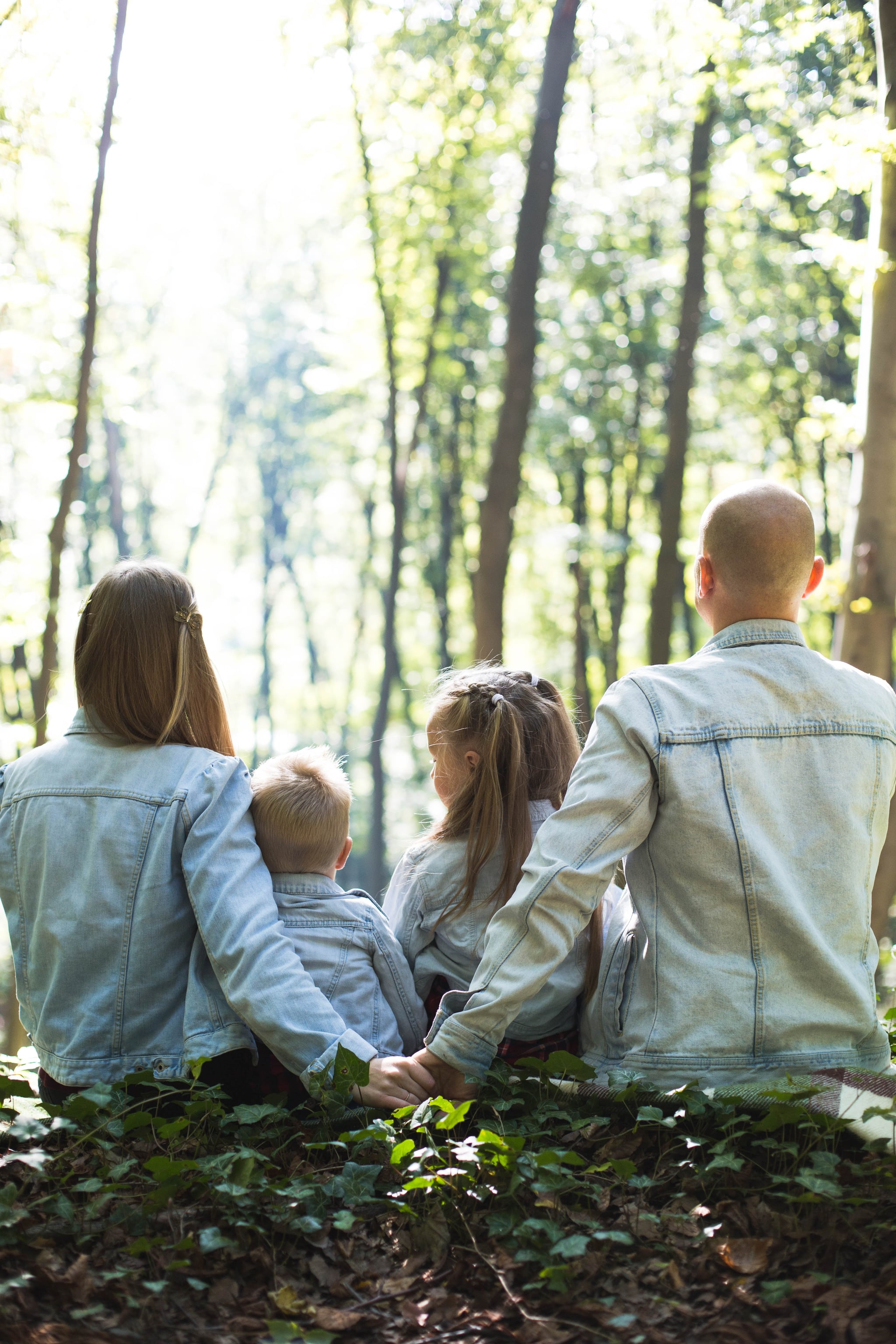
I'm terrible when it comes to making decisions. Settling on simple things like where to go for dinner, what to wear, or what colour to paint a room takes me an absurd amount of time. In the end, I usually end up narrowing down my choices and relying on either my husband, best friend, or 4-year-old to make the final call. But now I'm faced with a choice that neither my husband nor I can make: what to do with our remaining embryo once our family is complete.
Four rounds of IVF [1] have given us almost 50 embryos. But twice we received phone calls from doctors who were left scratching their heads over the fact that every single one of our embryos had died. The first time, the doctor was convinced it must have been some kind of lab error. Our second cycle gave us our daughter along with 11 other nonviable embryos. Our third cycle was a repeat of our first. By our fourth and final round, it was determined that we must have an embryo quality issue that simply can't be explained.
Being able to put faces on our unborn children has changed everything. Now, I can't imagine discarding this little snowflake who could have the same light hair and mile-long eyelashes as our three girls.
Because we had lost such an exorbitant number of embryos, preimplantation genetic screening (PGS) was recommended for the ones that remained. Thanks to the PGS, we knew the sexes [2] of our 5 healthy embryos: two boys and three girls. Our transfer of one male embryo was unsuccessful, while our second gave us our twin daughters [3]. In both cases, choosing which embryos to transfer was easy — we let the embryologists decide based on the quality. At some point in the future, we hope to try one more time for a boy. If it doesn't take, my husband and I both agree that our family is complete [4]. But that still leaves one embryo — one girl — left. And that's where our decision-making ends.
Our doctor offers a few choices to couples who do not wish to use their remaining embryos. They can be donated for research (and ultimately discarded), donated to another couple, discarded from the start, or frozen indefinitely. When the options were first presented to us as part of the precycle paperwork, we never imagined that we'd have a hard time selecting one. But after our twins were born and we saw how much our three girls resemble one another, the decision became impossible. Being able to put faces on our unborn children has changed everything. Now, I can't imagine discarding this little snowflake who could have the same light hair and mile-long eyelashes as our three girls, who could be a natural-born performer like our oldest, sweet and snuggly like our middle, or fierce and feisty like our youngest.
While I love the thought of helping another couple achieve their dream of becoming parents [6], it's not something I can do. Initially, I wasn't sure that I could handle knowing that someone out there is raising a little girl who probably looks just like her sisters, but I still hadn't ruled out embryo adoption. But now, with the rising popularity of at-home DNA tests [7], it's off the table. If we did choose embryo adoption, I don't know if it's something that we would share with our children. Because of these at-home tests, it feels like the decision of whether or not to share this information with our children isn't really ours. I can't presume to know how my kids would feel about having another biological sibling. I hope that they would appreciate the fact that we helped someone have a family, but it'll be years before they're old enough to have that conversation.
No one ever warned us how hard this decision would be. Maybe it would have been easier if we hadn't gone ahead with PGS. Maybe not knowing the sex — not being able to imagine her features — would make the decision less difficult. Maybe nothing could make this decision any easier. For now, we'll stick with option four and keep her frozen indefinitely. At $900 a year, it's a costly choice, but it's one we can live with. And someday, when our children are grown, we can make our final decision together as a family.
